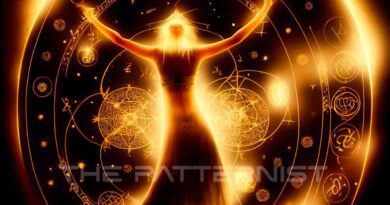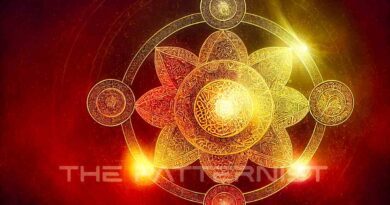The Impact of the Lunar Phases on Mood and Energy Levels in Relation to Meditation Practices
Introduction
Meditation is a spiritual practice that has been embraced by people around the world for centuries. It is a way to connect with the divine, to find inner peace and clarity, and to cultivate greater self-awareness. Many people find that the phases of the moon play a significant role in their meditation practices, influencing their mood and energy levels in a variety of ways.

The Lunar Phases
The moon undergoes a series of phases as it orbits around the earth. These phases are caused by the changing position of the sun, earth, and moon in relation to one another. The most well-known phases are the new moon, the waxing crescent, the first quarter, the waxing gibbous, the full moon, the waning gibbous, the last quarter, and the waning crescent. Each phase is associated with specific energy and symbolism that can affect our moods and behaviors in various ways.
The New Moon
The new moon is the start of a new lunar cycle and is a time of beginnings and fresh starts. It is a time to set intentions and make plans for the future. Many people find that the energy of the new moon is conducive to deep meditation and introspection. It is a time to let go of old patterns and embrace new opportunities.
The Waxing Crescent
The waxing crescent phase is a time of growth and expansion. It is a time to take action on the plans and intentions set during the new moon. Many people find that the energy of the waxing crescent is energizing and motivating, making it a great time to engage in more active forms of meditation such as walking or dancing.



